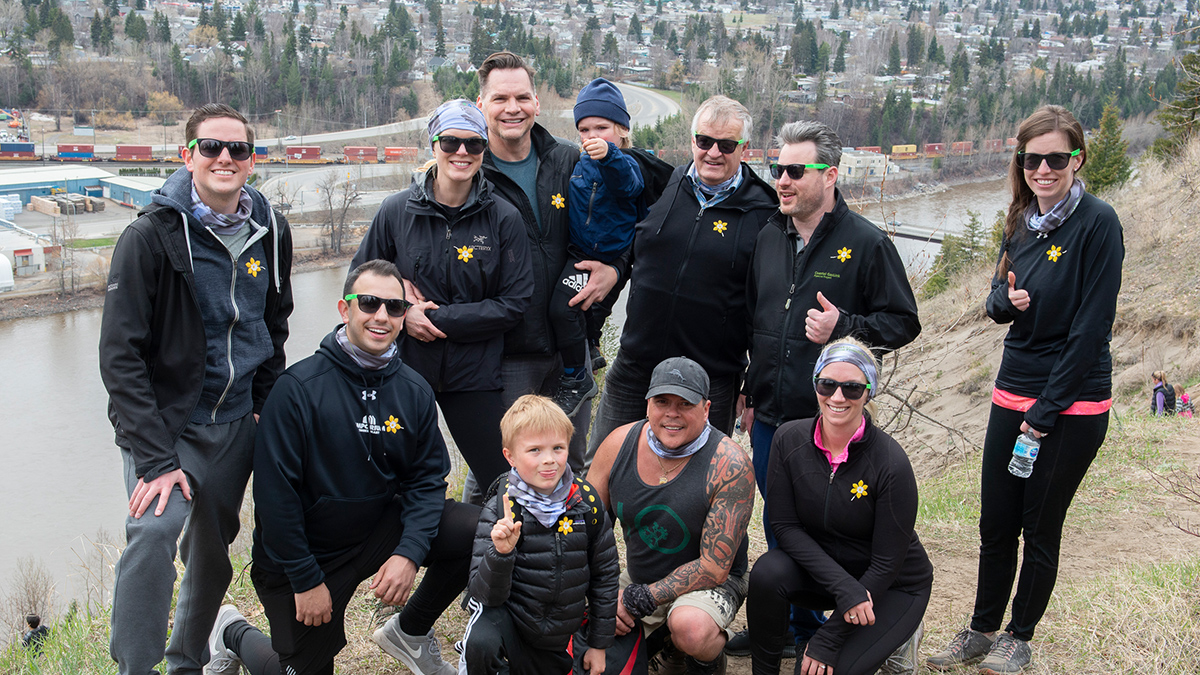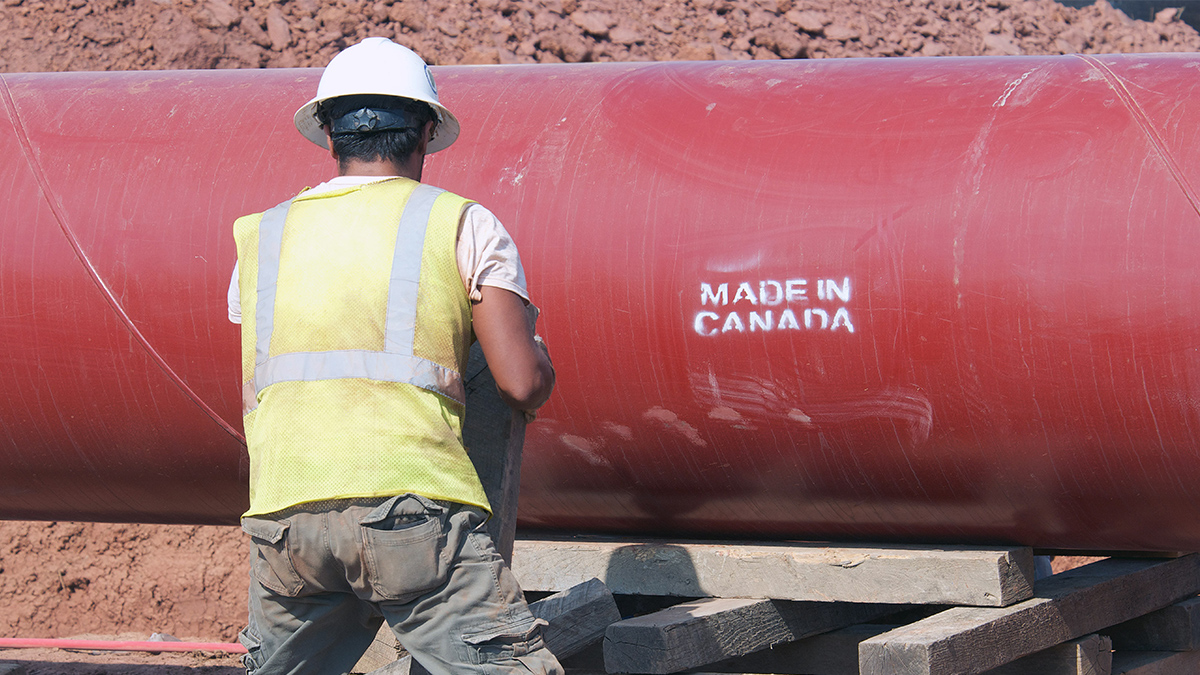Apr 29, 2019
Click Before You Dig — Landowners
Landowners and neighbors
Hugo Bonjean
Owner of Spirit Hills Winery
Excavation
Whether you’re planting a tree, digging a trench or building a fence, you need to be aware of the underground utilities — including gas, electric and water — on your property before you dig.
Safe digging is as simple as contacting '811' or visiting Call811.com two to three business days before starting your job.
Crossings and encroachments
A crossing or encroachment is a temporary or permanent structure across, on, along or under a pipeline facility or pipeline right-of-way. A crossing can also mean equipment or machinery crossing over the pipeline right-of-way or facility site. Like excavations, crossings and encroachments can pose a threat to the pipeline.
If you think your activity requires a crossing agreement with TransCanada, please contact us. To better serve you and speed up your request, please provide the following information:
- Proposed activity – what are you planning to do?
- Location of proposed work (GPS coordinates preferred)
- Make(s) and model(s) of any of the equipment that will cross/encroach the pipeline facilities
- Proposed activity date
- Axle load (weight)
- Your name and phone number
- Email address
Once you have received crossings approval, the party completing the work must call ‘811’ to request a locate of the pipelines before beginning work.
Agriculture safety
TransCanada wants to ensure the safety of everyone living or working near our facilities, which includes America's farming community.
Routine farming practices can be completed without notice to TransCanada or contacting '811', but ground disturbance and some other activities can pose a risk to underground utilities and may require permission from TransCanada.
Contact '811' before undergoing any of the following activities:
|
Ground leveling |
Earth moving |
Augering |
|
Sludge spreading |
Drainage ditch clean out |
Stockpiling/storage/parking |
|
Clearing/brushing/grubbing |
Drain tile installation |
Blasting activities |
|
Reducing or adding soil cover |
Terracing |
Building construction |
|
Deep tilling/sub-soiling |
Fencing and landscaping |
Controlled burning |
|
Trenching |
Excavation |
|
Dig with C.A.R.E.
 Call '811' before you dig
Call '811' before you dig
- Or visit Call811.com
 Allow required time for marking
Allow required time for marking
- Allow two-to-three business days (varies by state)
 Respect the marks
Respect the marks
- Lines are marked by flags, paint or other markers (normally yellow for pipelines)
 Excavate carefully
Excavate carefully
- Hand dig to determine the exact locations of pipelines. All digging must take place during the time allotted by the TransCanada representative
Consequences of unsafe digging
 Interrupted services
Interrupted services
- Interrupted services, such as electricity, natural gas and water
- Underground utilities are damaged every two minutes in the United States due to unsafe excavation work*
*2015, Common Ground Alliance, DIRT Report
 Fines and repair costs
Fines and repair costs
- Costs to repair underground utility line(s)
- Enforcement guidelines are state-specific
 Risk of serious injuries or death
Risk of serious injuries or death
- Since 2008, the Pipeline and Hazardous Materials Safety Administration (PHMSA) has reported 98 injured workers and 17 fatalities due to damages done to underground infrastructures during excavation work**
**2015, PHMSA, Serious Pipline Incidents
·
Signs of a potential pipeline leak
Although a pipeline leak is rare, it is important to know how to recognize the signs. Use your senses of smell, sight and hearing to detect a potential pipeline leak.
What you may smell
Natural gas
- Transmission lines that transport natural gas across the U.S. are rarely odorized, but may have a slight hydrocarbon smell. Distribution lines that transport natural gas to homes and businesses are odorized and could smell skunk-like or similar to rotten eggs.
Oil
- Many petroleum products have a distinct smell. Crude oil can possess a rotten egg, gasoline, tar or skunk-like odor.
What you may see
Natural gas
- Dead or dying vegetation on or near a pipeline in a normally green area
- Water bubbling or blowing into the air at a pond, creek or river
- Dirt being blown or appearing to be thrown into the air
- An accumulation of ice or frost over the pipeline (in the summer)
Oil
- Amber to black liquid
- Rainbow sheen or black liquid on top of water
- Discolored vegetation on or near a pipeline in an area that is usually green
- Stained or melted snow/ice over pipeline areas
What you may hear
Oil or natural gas
- A hissing, roaring or bubbling sound
Steps to take in the event of a pipeline leak
If you witness any of the signs listed above, or any other unusual sights, sounds or smells near a pipeline location, follow these steps immediately:
- Leave the area on foot – don’t use motor vehicles or any equipment that could be a potential ignition source.
- Move to a safe location and call ‘911’.
- Call TransCanada’s emergency number. The emergency number can also be found on all TransCanada pipeline marker signs.
- Warn others to stay away.
Documents — U.S. — Landowners and neighbors






